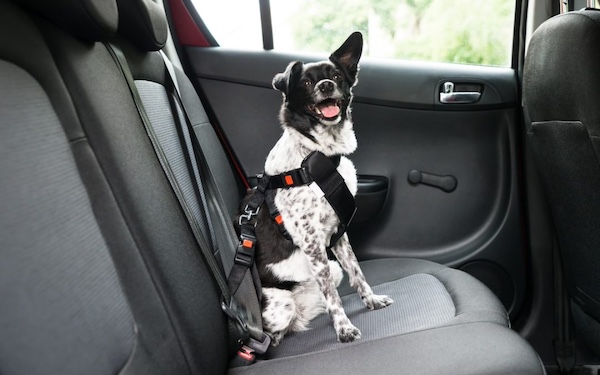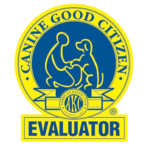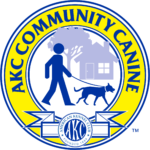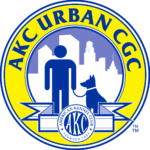Traveling with your dog can be an exciting and rewarding experience, but it requires preparation and training to ensure a smooth journey. Without proper planning, long trips can become stressful for both you and your furry companion.
Whether you’re heading out on a road trip, flying to a new destination, or traveling by train, these training tips will help keep your dog safe, comfortable, and well-behaved throughout the trip.
Preparing Your Dog for Travel
Before embarking on a long trip, your dog should gradually get accustomed to traveling. Sudden exposure to long journeys can lead to stress, anxiety, or unwanted behaviors.
Start with Practice Trips
- Take short car rides to observe your dog’s reaction and build their comfort level.
- Increase the duration of trips gradually, rewarding calm behavior along the way.
- If flying, get your dog comfortable with their crate well in advance.
Introduce New Environments
Exposing your dog to different settings before traveling can help them adjust more easily. Visit pet-friendly cafes, parks, or hotel lobbies to get them used to unfamiliar places. The more variety they experience, the less likely they are to feel overwhelmed during your trip.
Crate and Seatbelt Training for Safety
Ensuring your dog is properly secured during travel is essential. Loose dogs in a moving vehicle can be dangerous, and in the case of an accident, they are at risk of injury. A travel crate or pet seatbelt can keep them safe while also helping them feel secure.
Training Your Dog for a Crate or Seatbelt Harness
- Introduce the crate as a positive space by placing treats, toys, and a comfy blanket inside.
- Encourage your dog to enter willingly and gradually increase the time they spend inside.
- For seatbelt harnesses, let your dog wear the harness at home first before using it in the car.
- Reward calm behavior with praise and treats.
A well-trained dog will feel more comfortable in their designated travel space, reducing anxiety and restlessness.
Teaching Your Dog to Settle During Travel
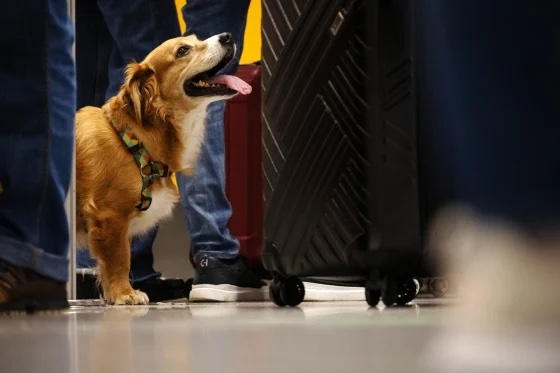
Some dogs struggle with excitement or restlessness when traveling. Teaching a “settle” command can help your dog learn to relax in the car, crate, or travel bed.
How to Train Your Dog to Settle
- Use a dog bed, blanket, or mat as a designated spot for settling.
- Encourage your dog to lie down and reward them for remaining calm.
- Gradually increase the amount of time before giving a treat.
- Practice in different environments, including inside the car.
Bringing a familiar blanket or toy can also help signal that it’s time to relax, providing comfort and reducing anxiety.
Potty Training and Break Routines for Long Trips
Maintaining a consistent potty routine while traveling is important to prevent accidents and ensure your dog stays comfortable.
Tips for Managing Potty Breaks
- Train Your Dog to Go on Command – Use a cue like “go potty” and reward when they comply. This makes bathroom stops quicker and easier.
- Plan Regular Rest Stops – Stop every 2-3 hours to let your dog relieve themselves and stretch their legs.
- Bring Cleanup Supplies – Have waste bags, paper towels, and pet-friendly wipes on hand for easy cleanups.
A structured potty schedule helps keep your dog comfortable and prevents unnecessary stress during long journeys.
Preventing Anxiety and Motion Sickness
Some dogs experience anxiety or motion sickness while traveling. Recognizing the signs early can help you manage the issue before it worsens.
Signs of Travel Anxiety or Motion Sickness
- Excessive panting, drooling, or whining.
- Pacing or restlessness.
- Vomiting or lip-licking.
- Refusing to enter the car or crate.
Ways to Reduce Travel Anxiety
- Let your dog explore the car or crate before travel to make it feel familiar.
- Use calming aids like anxiety wraps, pheromone sprays, or soft music.
- Avoid feeding a large meal right before the trip to prevent nausea.
- Offer positive reinforcement throughout the journey to reassure your dog.
If anxiety or motion sickness persists, consult your veterinarian for additional strategies or medications that may help.
Leash and Recall Training for Safe Stops
Long trips often require multiple stops, and ensuring your dog’s safety at rest areas is crucial. Dogs can easily become overstimulated or attempt to bolt when in unfamiliar locations.
Leash and Recall Safety Tips
- Always leash your dog before opening the car door.
- Use a well-fitted harness to prevent them from slipping out.
- Practice recall training ahead of time to reinforce coming back when called.
- Never allow your dog off-leash in an unfamiliar area unless it’s a secure, enclosed space.
Taking extra precautions during stops can prevent accidents and ensure your dog remains safe throughout the trip.
Teaching Good Manners in Hotels and Public Places
If your trip involves overnight stays or stops in public places, training your dog to behave appropriately in these settings is essential.
Hotel Manners Training
- Teach your dog a “quiet” command to prevent unnecessary barking.
- Designate a specific resting area in the hotel room (such as a travel bed).
- Reward calm behavior and discourage pacing or excessive excitement.
Public Behavior and Etiquette
- Train your dog to sit politely instead of jumping on people.
- Walk them on a short leash to maintain control in busy areas.
- Respect hotel and public space rules by keeping your dog well-behaved and quiet.
Dogs that are well-trained in public places will have a more positive experience and will be welcomed in pet-friendly spaces.
Traveling with a dog requires extra preparation, but with proper training, it can be a stress-free and enjoyable experience. By getting your dog accustomed to travel, reinforcing good behaviors, and maintaining a routine, you can ensure a smooth trip from start to finish.
Start practicing these training techniques well in advance, and when it’s time to hit the road, your dog will be ready for the adventure ahead. Safe travels!

